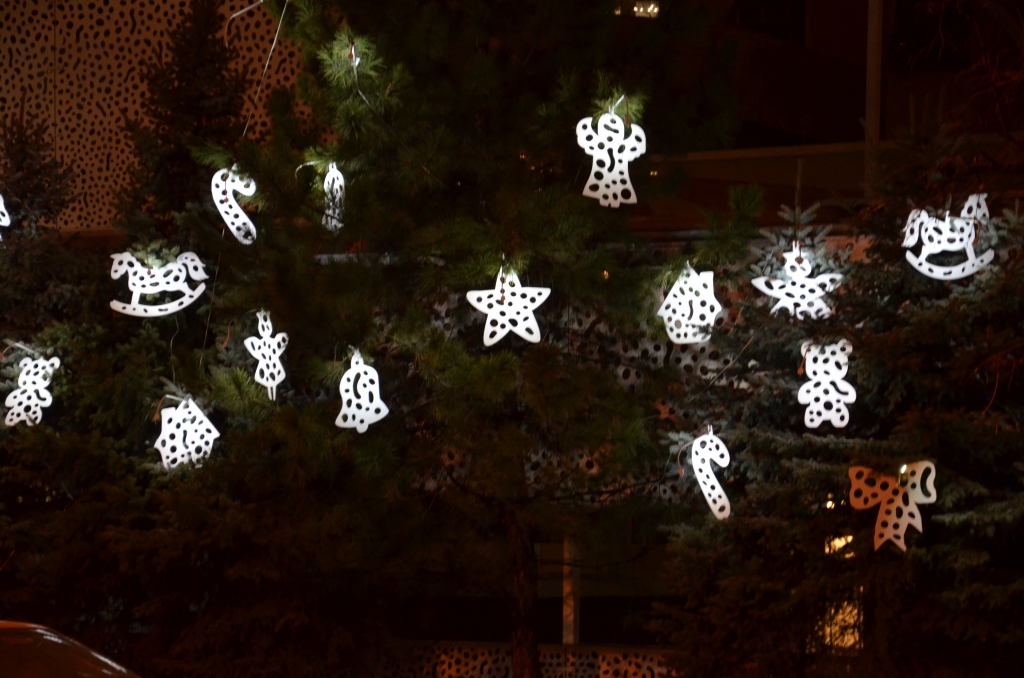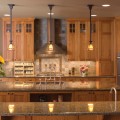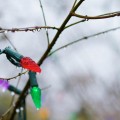Are You Wasting Electricity With Your Christmas Decorations?
Now that the holidays are over it’s time to dispose of discarded boxes, ripped paper and finish up the last of the left overs. It’s also time to assess the financial damage to bank accounts and credit cards – and that includes some costs you might not be thinking about – such as energy costs.
Impact of the Holidays on Your Electricity Bill
Back in 2010, a certain price comparison website did a survey in an attempt to compare energy costs for Christmas across the UK, and found that every household which has an outside lighted display of Christmas decorations used an average of 100 bulbs per home. This resulted in a calculation that suggested that for every home with an external Christmas light display, almost 23 days worth of electricity is consumed over the festive period. That is, 23 days of one average household’s full electricity bill. An average household might spend as much as $5 per day, which turns that 23 days into almost $75. Quite a lot, isn’t it? That’s on top of what you’re already paying.
Even fairy lights use more energy than you’d think. In fact, an energy comparison of 400-light string of fairy lights shows that they could cost you as much as $17 extra per day. The lowest estimate is around $3.51 extra on a daily basis.
It might be an obvious step to lose the lights altogether, especially if you have a green conscience, but the dedicated folks of ‘lit-up-like-a-Christmas-tree’ homes across the country (and we know there is at least one on every estate), don’t have to be disappointed just yet.
An Alternative to Standard Christmas Lights – LED Lights
Energy-saving CFL bulbs aren’t suitable for Christmas lights, but there is an alternative: light-emitting diodes, or LEDs.
LEDs have been with us for many years, and the technology is getting better all the time. They might be a little more expensive in the shops, but only by a few quid, and what you pay out on the new fixtures, you save many times over on your electricity bill, year after year. You have to shop around and see which decorations you prefer, and which give off the quantity of light you like – there are, of course, a lot of different standards of LED decorations out there.
There are some serious advantages to buying LED Christmas lights, whether it’s for outdoor use (enveloping your home and garden in the best lights in town) or indoor.
LED lights use between 2 and 17 watts of electricity per bulb. It depends what type and size you buy. This amount is equal to around one-third or one-thirtieth of electricity usage by an incandescent or even a CFL bulb.
LED lights are cool. Okay, we know this, but they’re extra-cool because they don’t allow the build-up of heat. This makes them more energy efficient (because you’re not paying for the lights to heat up the air around them) and it also makes them safer. The UK experiences up to 3-times the number of house fires during the Christmas period, and much of this is put down to the use of decorative lighting. LEDs don’t set on fire. All good.
LED lights are cost efficient. Although they’re initially more expensive than the ordinary type of lights, the costs continue to reduce as the manufacturing technologies improve, and they save you electrical output. This means that cost continues to go down for every year you use the same string of LED fairy lights.







